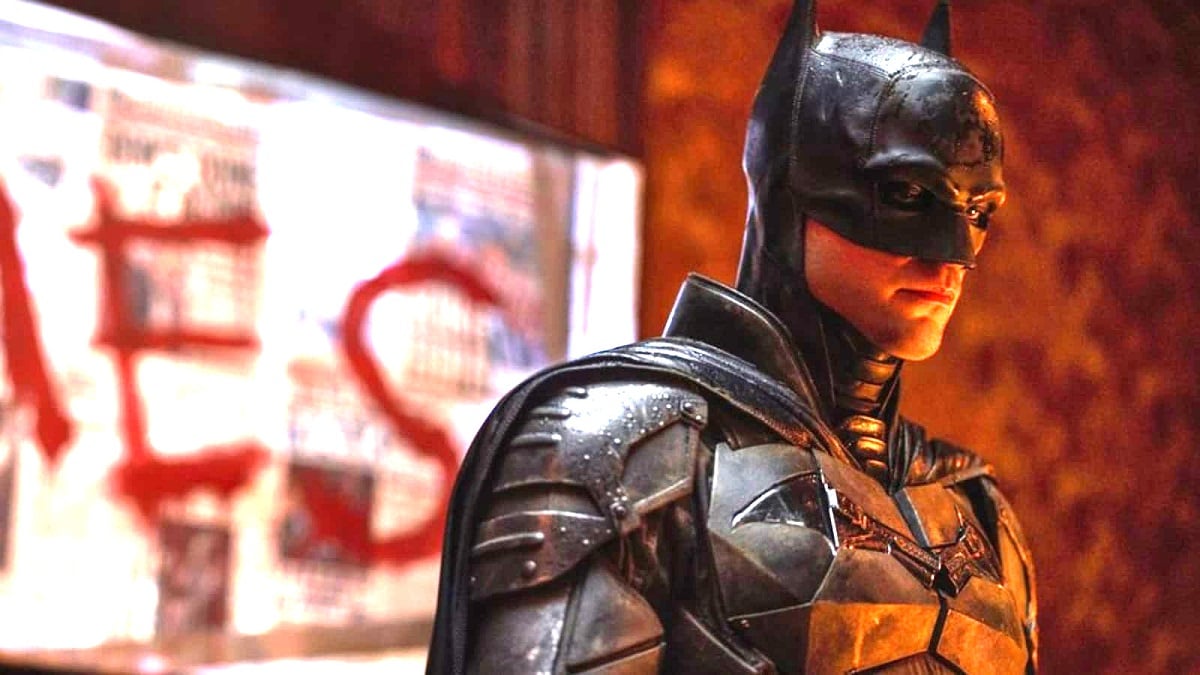Warning: The following article contains spoilers for The Batman
Whether the man behind the mask was Clooney or Christian Bale, Batman films feature some extra muscle in the form of the hero’s vehicle: the Batmobile. DC fans can always expect a downright thrilling Batmobile chase, and Matt Reeves’ revamp of the franchise, The Batman, didn’t disappoint. From Burton to Nolan, directors are tasked with turning Bruce Wayne’s slick ride into memorable movie magic, and Reeves pulled out all the stops to storyboard and shoot his now famed sequence.
InThe Batman, The Penguin (played by an unrecognizable Colin Farrell) assumes he’s led the Caped Crusader to a fiery death after a high-speed chase through Gotham. Emerging from the flames like the proverbial bat out of hell, Batman crashes into the Penguin’s car, flipping it over, and we watch the unscathed hero walk towards him through the rain.
Matt Reeves explained to the hosts of the Cinema Blend podcast how he used cutting-edge technology to visualize and prepare the crucial scene from start to finish.
“The way I like to work is I like to [story] board as much as I possibly can and in this particular case James Chinlund designed the sets in 3D. Before they were ever built I could put VR glasses on and we could walk into the set. I could read through the scenes and just be able to be in that gothic world that he was creating and bring in this level of texture and visceral, visual grit.”
Reeves also revealed that his inspiration for the nail-biting car chase was classic 70’s cinema:
“Once I had the list of lenses that we liked, the first thing I did when we were doing the Batmobile chase was I had Rob Alonzo, our stunt coordinator, [tell me] everywhere we could possibly put a hard mount on this car. We had scanned in the route and we could play on a loop what the path of the Batmobile was, and I could look at the shots in VR before we ever shot them.
I set all of these shots basically beforehand and we made this crazy storyboard that was made of screengrabs from VR and the lenses that we had fou I wanted it to be a practical thing that felt like a ’70s chase, like The French Connection or Bullitt. I wanted hard mounts because when the car shakes, I wanted the camera to shake, and I wanted it to feel solid and locked to it, and so it was an incredibly involved process.”
The result was a true cinematic feat, one of the film’s most resonant scenes:
“And so, the one in particular with the upside-down, I was like, well, I’m into this very Hitchcockian point of view — putting the camera in the subjective point of view of the character. So you can put the audience into that experience. So I thought it would be great if, at the end of all this propulsive, French Connection sort of craziness, to suddenly be in The Penguin’s point of view as he’s lying upside down as you have this sort of mythic appearance of Batman with fire raging behind him.”

